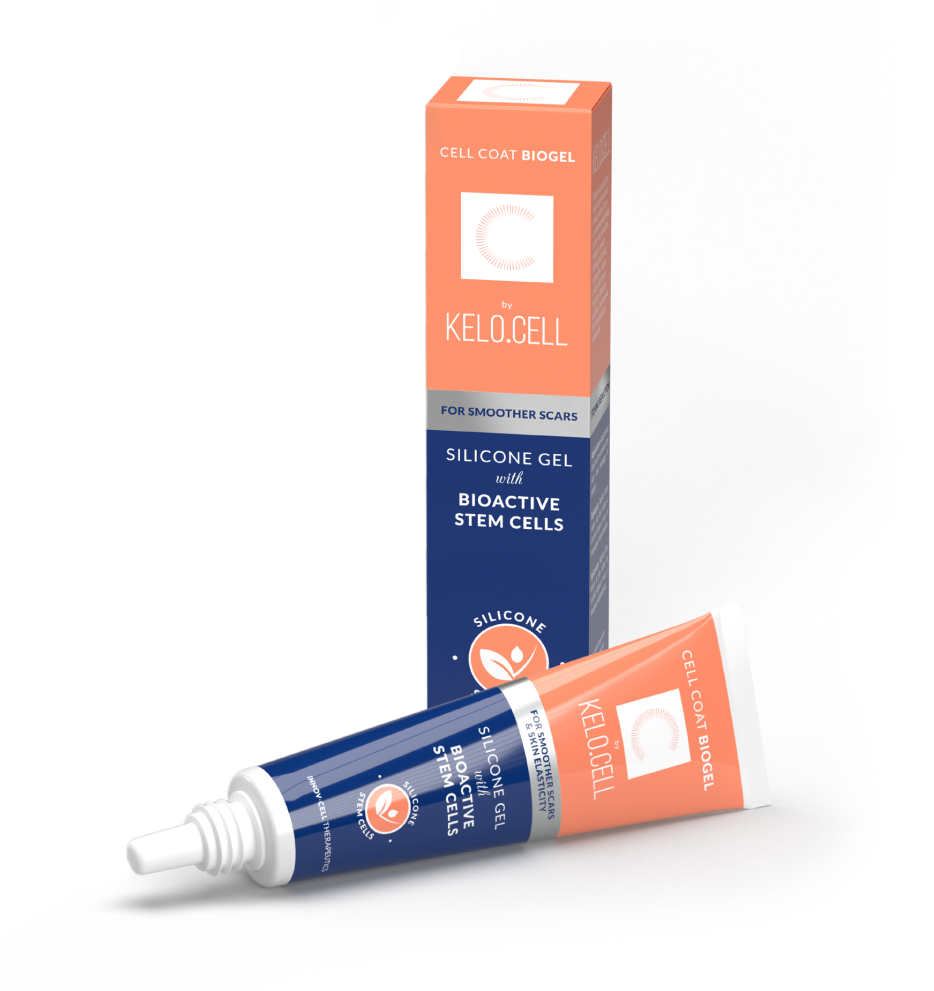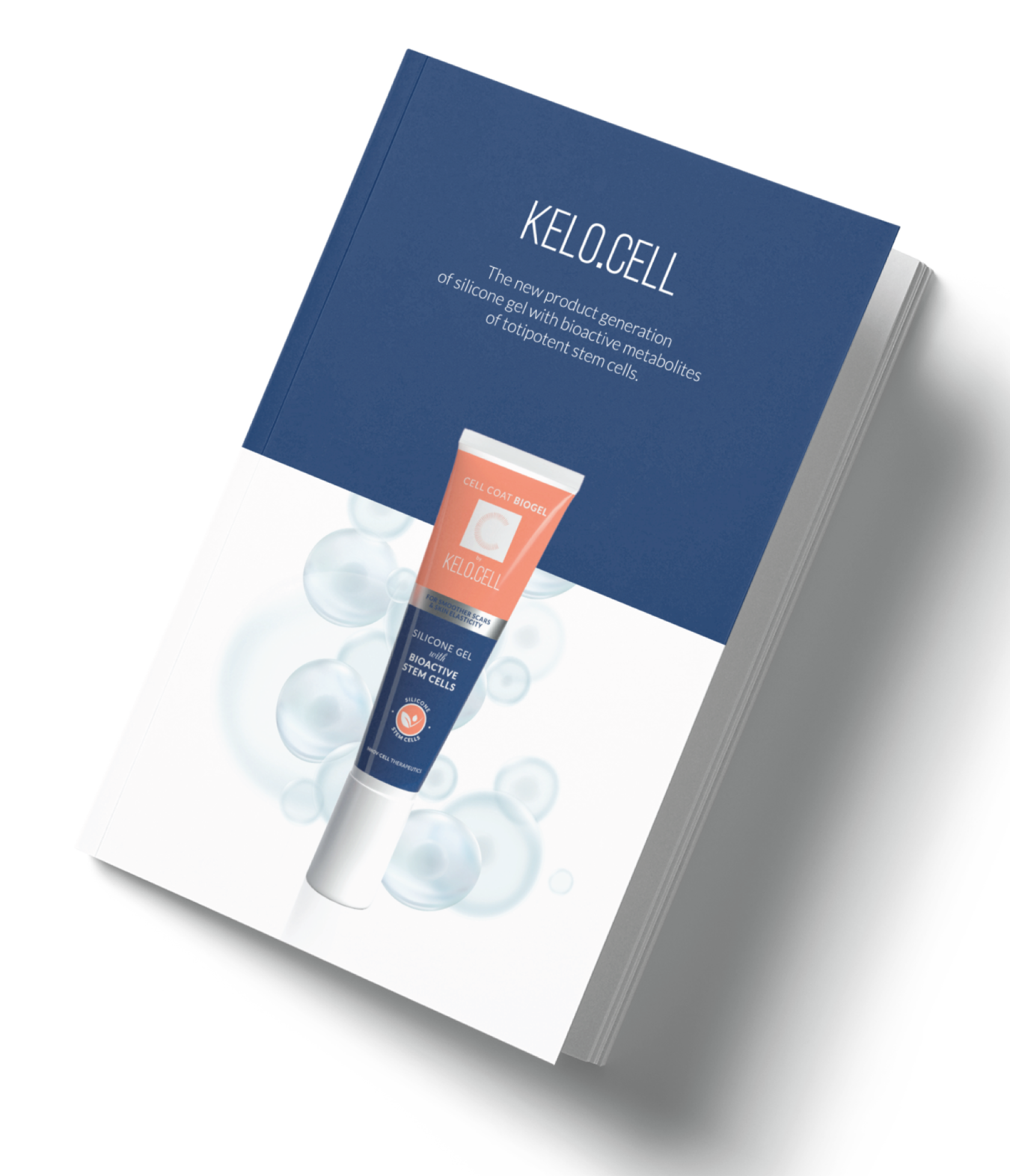Scars are a natural part of the healing process after injury
A scar is the body's natural way of healing and replacing lost or damaged skin, after an injury, burns, surgery, infections, or inflammation of the tissue.

Types of Scars
Hypertrophic Scars

These are raised, potentially itchy and painful red scars, similar to keloids, but do not extend beyond the boundary of the original wound.
Keloid Scars

Keloid scars are thick, rounded, irregular clusters of scar tissue that grow beyond the edges of the borders of the wound. While growing, they may feel tender, itchy, or painful.
Atrophic Scars

Atrophic scars develop when the skin can't regenerate tissue correctly making the skin indented, like tiny holes or with round depressed areas.

For all types of scars

Acne scars

Stretch marks

Surgery scars

Burns & Cuts

C-Section scars

Children's scars
Clinically proven
& tested by Healthcare Professionals

Real Results


The silicone gel was applied as a thin layer twice a day.


The silicone gel was applied as a thin layer twice a day.


The silicone gel was applied as a thin layer twice a day.
Get to know our full range of scar healing products that cover all your skin needs
Are you a Healthcare Professional and want to know more?
Download our free scientific information material.





















